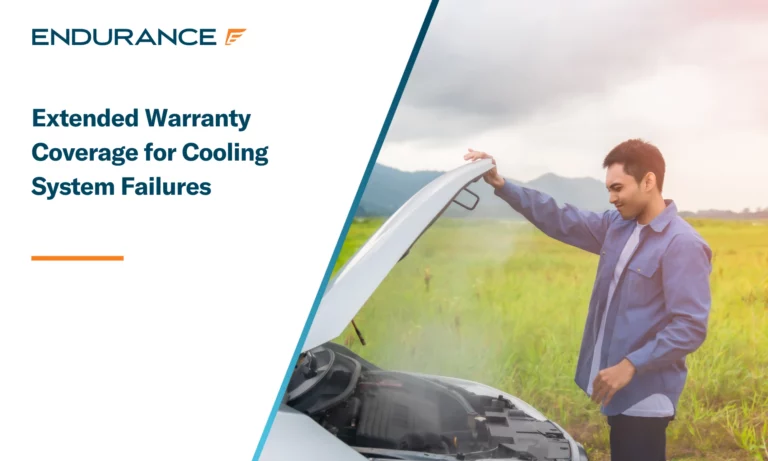Vehicle Wear vs. Mechanical Failure: Understanding the Key Differences
Vehicle wear and mechanical failures are two distinct types of damage that can affect your car. Understanding their differences is crucial for proper maintenance and protection planning.

Mechanic in green hat
Vehicle wear refers to the expected deterioration of components designed to be replaced regularly, including:
- Brake pads
- Windshield wipers
- Spark plugs
- Tires
These parts naturally wear down through normal use and require periodic replacement as part of routine maintenance.
Mechanical failures are unexpected breakdowns that:
- Occur suddenly without warning
- Usually involve major components
- Are typically more expensive to repair
- Can cause significant financial burden
- Are often covered by extended warranties
Extended Warranty Coverage:
- Typically covers mechanical failures, not wear and tear
- Focuses on unexpected breakdowns
- May offer additional coverage for specific wear items through add-ons
- Includes components like engine, transmission, and electrical systems
- Often provides extra benefits like roadside assistance and rental car coverage
Key Considerations for Coverage Plans:
- Read the contract thoroughly to understand covered components
- Check for exclusions and limitations
- Consider additional benefits like towing and roadside assistance
- Verify coverage for essential vehicle systems
- Understand the claims process and deductibles

Man in black V-neck

Mechanic checking cooling system

Man calling at Mitsubishi dealership

Woman checking auto warranty on tablet
